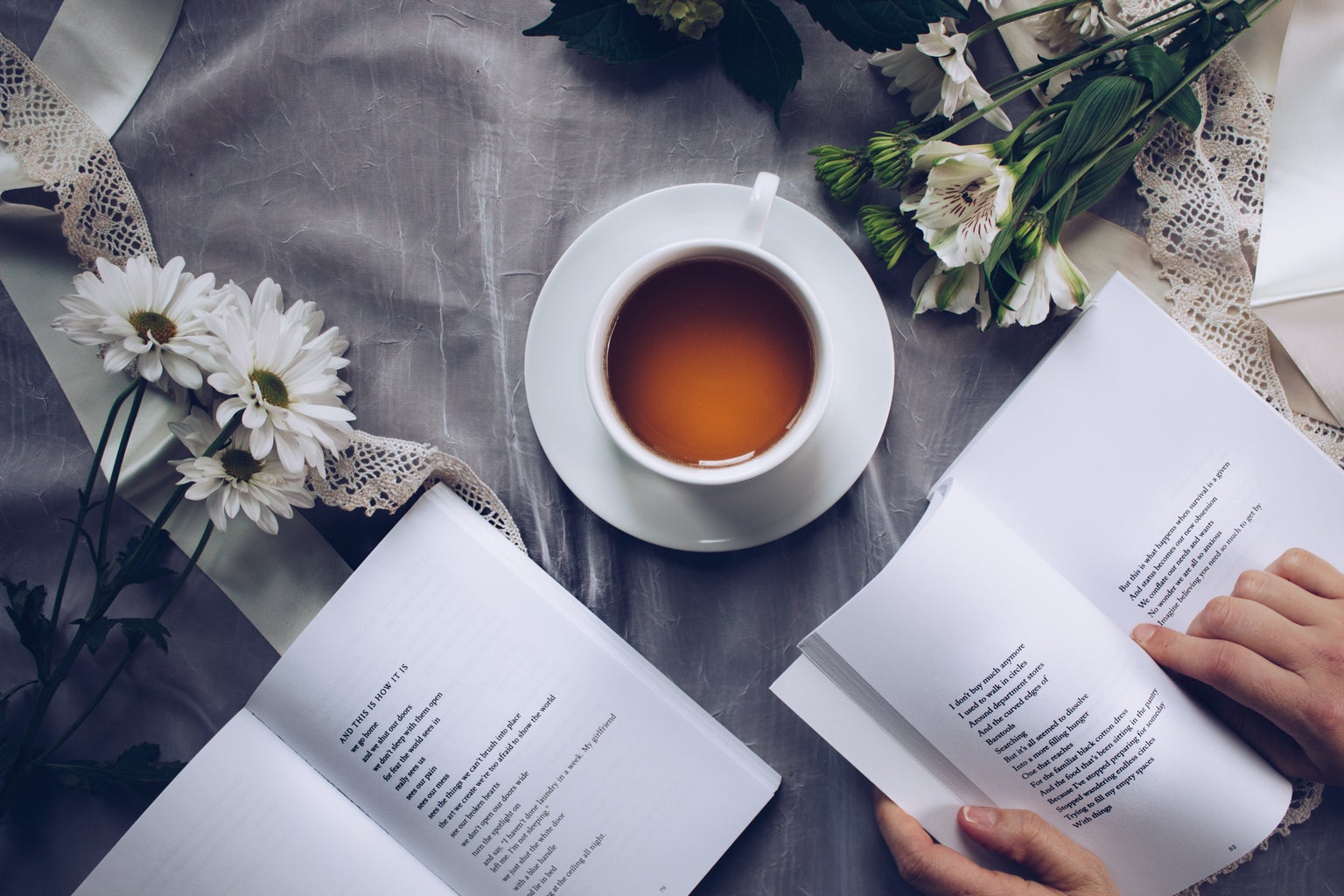Lyric and poetry are sisters, intertwined as ivy and brick upon an old house. The climbing lianas of lyric draw from the unwavering strength of poetry’s foundation, their roots so intimately fused that to separate the two would be a hapless task: to extract plant from brick would be to crumble the entire structure.
The developments of both art forms are so closely laced together; language is in its most basic formation a form of music. Words contain rhythms and they contain stresses: these combine to create flowing sounds imitative of song. Poetry is the harnessing of these sounds, the collection of natural rhythms and the rearrangement of these rhythms into meaning. The poet is the conductor. Poetry, unlike prose, is not governed by laws of grammar and sensibility. It is rather guided by musicality, and the sense of language’s natural melody.
Elliott Smith is often considered as the epitome of a poet who utilises the medium of song, and looking at this line (from his song Tomorrow Tomorrow) it is easy to see why:
‘I got static in my head the reflected sound of everything tried to go to where it led but it didn’t lead to anything the noise is coming out, and if it’s not out now, I know it’s just about to drown tomorrow out.’
The rambling, tumbling effect of language is reflected within the signature sound of his music, combining to emanate the endless ‘tomorrow’ he sings about. He uses the poetic device of assonance, with consistent extended ‘o’ sounds to create this drawn-out effect, as well as placing overlayed vocals on certain words, utilising the natural stresses these syllables contain, and creating a poem seamlessly blended with musical form.
Personally, I would consider the best example of a lyricist utilising poetry combined with sound to harness the feeling of ardent emotion to be Mitski. In her song I’m Your Man, she paints a constant comparison of herself and her lover, first as a ‘dog’ to an ‘angel’, followed by a ‘dog’ to a ‘man’, and finally between a ‘man’ and a ‘god’. The constant evolution of this comparison finds further depth with the anagram between ‘god’ and ‘dog’. The theme of reversal is featured not only in the language, but in the structure of the song, with the first verse ending ‘you believe me like a god, / I’ll destroy you like I am’ switching to ‘you believe me like a god, / I’ll betray you like a man’ for the final verse. The melodic notes of the backing are reinforced through the words’ melancholic sounds, creating a cacophony of longing and desperation, drawing upon both sound and word to evoke a multi-sensory experience.
The boundary pushing works that emerge within the field of music are often applauded for their unique sounds, as well as evocative lyricism, and the best lyrics are, in my opinion, those that are understanding of language’s melodic formation, and use this to their advantage.
Some of the most poignant lyrics, looked at in isolation, can be scanned as poetry – their musicality enduring despite the removal of sound. Poetry is designed to be read aloud, with the rhythm being found in its spoken form, which is what makes the connection between poetry and lyric so intense. Both forms celebrate the beauty of language, and more importantly, they celebrate the beauty of sound that can be created through the manipulation of language.



